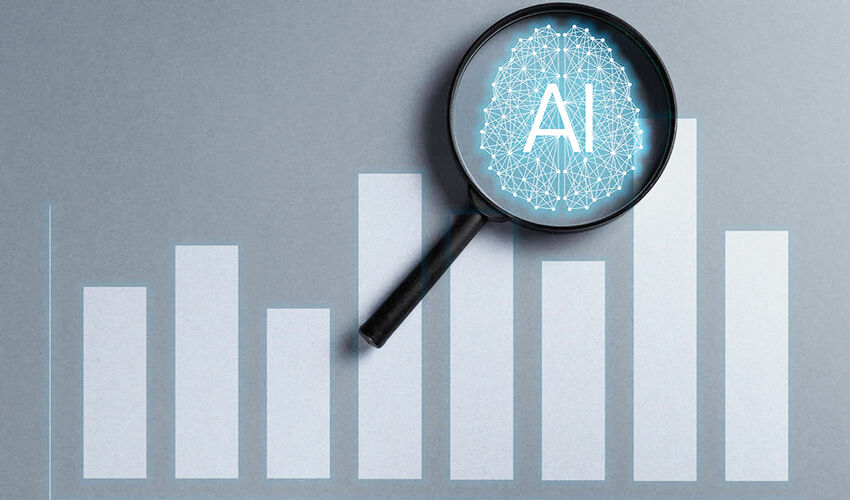
So it is not surprising that analysts are increasingly wondering whether we are witnessing another technology bubble reminiscent of the dot-com boom of the 1990s. And could it eventually burst and drag the stock markets down with it, just like before? But as my Cambridge colleague William Janeway points out, even speculative bubbles can leave behind vital infrastructure and innovation that supports long-term growth.
If AI follows suit, how powerful could its impact be? The dot-com boom offers some useful lessons. In the second half of the 1990s, emerging digital technologies nearly doubled U.S. labor productivity growth to 2.5 percent. While economists’ forecasts vary, some studies suggest that today’s wave of AI investment could provide a similarly significant boost to GDP growth.
The most ardent AI evangelists go further, arguing that the imminent emergence of general-purpose artificial intelligence (GPI) could be absolutely transformative. For example, Anthropic CEO Dario Amodei argues that the potential of AI is radically underestimated. And that if developed safely, such systems could make breakthroughs in biology, neuroscience and economic development, potentially eradicating disease, reducing poverty and promoting global cooperation.
If such a world of abundance does loom on the horizon – and even if it materializes only in the distant future – it is crucial to trace how this transformation will take place. But as I explain in my recent book The Measure of Progress, traditional economic indicators are still unable to capture the effects of the “old” digital economy, let alone the new AI-driven one.
GDP growth is a prime example of this. At best, it is a lagging indicator of structural change. Economic historians show that transformative technologies like steam power and electricity took decades to register in official statistics. And even when their effects became visible, measured income gains were surprisingly modest. But it would be absurd to argue that these technologies were not transformative; their impact simply manifested itself in ways that traditional indicators could not capture.
When it comes to AI, some of the most basic facts are missing or incomplete. For example, how many companies are using generative AI and in what industries? What are they using it for? How are AI tools being applied to areas such as marketing, logistics or customer service? Which companies are deploying AI agents and who is actually using them?
Although AI research is developing rapidly, what is needed now is systematic data collection. Reliable statistics will not only help businesses assess demand and opportunities, but will also allow governments to develop policies that promote growth and protect consumers.
Technology companies such as Anthropic and OpenAI have begun to realize that the current data vacuum is not doing them any good, especially given the data dependency of their products. Without a clearer understanding of the economic impact of AI, public debate will inevitably center on risks and anxieties ranging from the prospect ofa “work pogrom” to the potential psychological impact of humanoid chatbots. Industry initiatives to address this gap, while limited in scope, are essential.
That said, other metrics can provide valuable insight into the transformational effects of AI. In a recent working paper co-written with John Pokiz, I argue that any meaningful set of indicators should include key drivers of AI development, particularly energy consumption, labor market shifts, and data usage. Another important indicator is the adoption of AI-driven services, so-called agent-based AI.
Data on time use, both at home and in the workplace, as well as structural indicators, such as shifts in industry composition and organizational structure, can also be useful. More broadly, a more complete picture of structural change will help us understand the broader economic impacts of AI, from industry reallocation to changes in work processes.
Unfortunately, few such indicators currently exist. The problem is compounded by the fact that many statistical agencies – primarily in the US – are in disarray, and most policymakers remain wary of using new data sources and methodologies.
Diane Coyle,
Professor of Public Policy at the University of Cambridge,
author of Gears and Monsters: What Economics Is, and What It Should Be.
(Princeton University Press, 2021) and The Measure of Progress: Counting What Really Matters
(Princeton University Press, 2025).
© Project Syndicate, 2025.
www.project-syndicate.org












